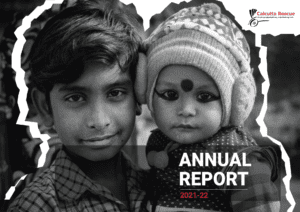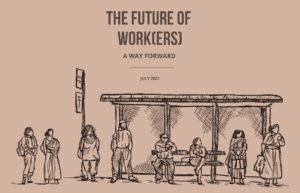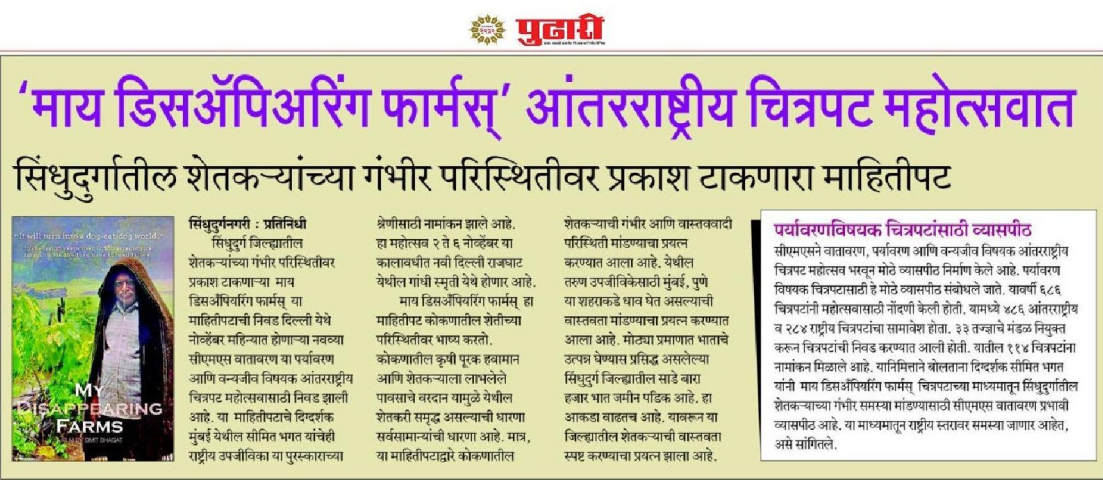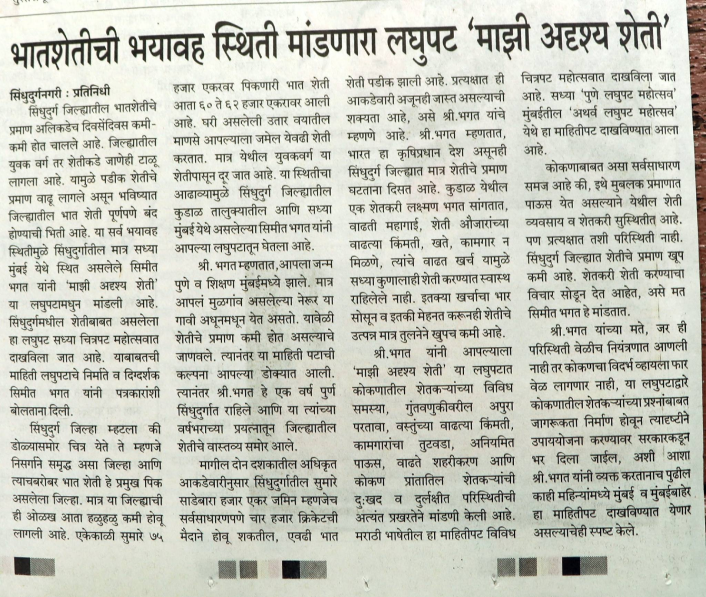Seventy-year-old Ramveer Mahajan sits on a wooden bench outside his home, gazing across a quiet field. The sun has dipped low. His knees throb from years of work, and there’s no one around to talk to. His children have moved away. The rural village is still.
The pain in his elbow comes and goes, but mostly it stays. So does the silence. The clinic is too far, and the idea of asking for help feels heavier than the limp in his step. So, he waits. For relief, some company, or just something a little meaningful.
Ramveer’s story isn’t uncommon. In fact, it reflects a rising crisis.
In 2022, India had 149 million people aged 60 and above, accounting for 10.5% of the population. By 2050, that number will grow to 347 million, or nearly 21%. A staggering 71% of these elders live in rural areas, far from reliable healthcare.
61% of older people in India do not receive the palliative care they need.
Most remain economically dependent on their families. Many are illiterate, unaware of how to access support and provide elder care. And 61% of older people in India do not receive the palliative care they need. Chronic illnesses go untreated. Pain lingers. The financial pressure on families grows. And when it gets too much, it sometimes turns into silence or neglect.
Why This Story Needed a Different Lens
At Simit Bhagat Studios, we didn’t want to just talk about elder care. We wanted people to see it. Not just read about the issue, but feel it. To imagine the rooms, the silences, the aching joints, and the missed meals. To understand how it plays out in real lives.
We didn’t want to just talk about elder care. We wanted people to see it.
That’s why we chose illustrated storytelling. A format that works across languages, education levels, and experiences. A format where someone can look at a scene and understand its weight, even without reading a single line. Sometimes, pictures do what paragraphs can’t.
The Bigger Picture
India’s healthcare system still focuses largely on emergencies and hospital stays. But what about the long stretches in between? The months, sometimes years, of quiet decline. Of needing someone nearby. Of needing time, conversation, and small acts of care.
Families are doing their best. But love without resources wears thin. Especially when there’s no backup, no affordable support, no guidance, no relief.
This story isn’t just about what’s missing. It’s about what we forget to see.
Let’s Not Turn Away
Growing older is something we all understand. What we often don’t understand is how lonely it can be.
Geriatric Care: Closing the Gap isn’t just about medicine or policy. It’s about showing up for the people who once showed up for everyone else.
If your work touches elder care, rural health, or storytelling that makes us feel something, let’s talk.










